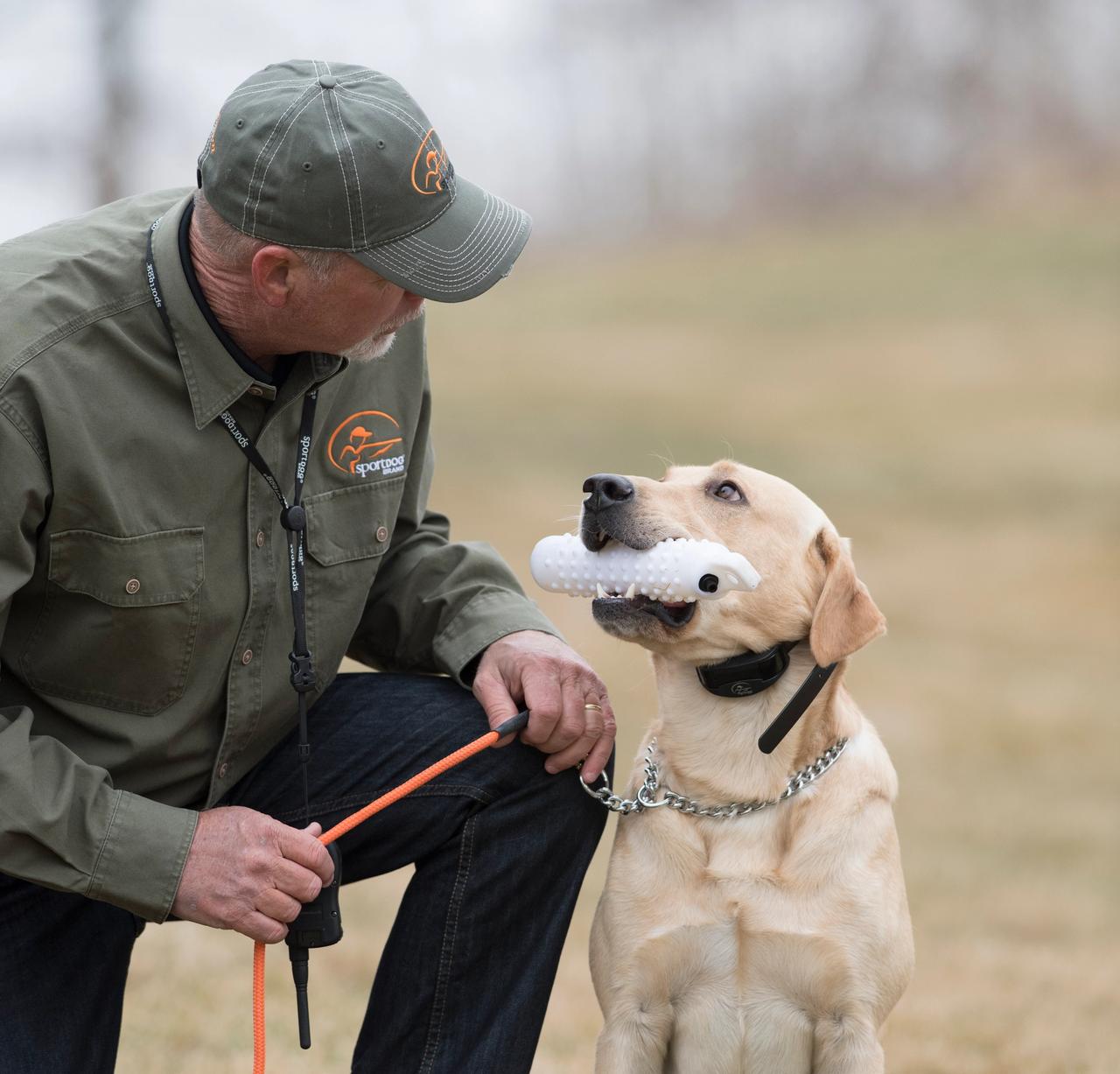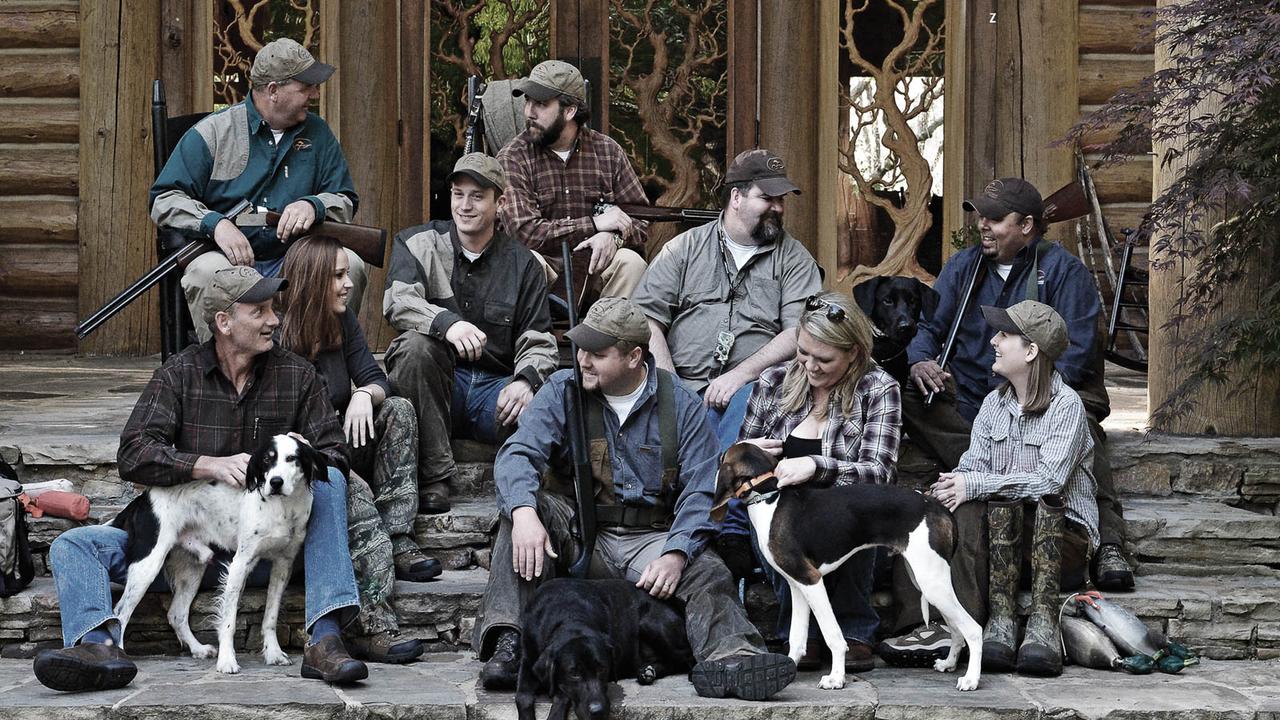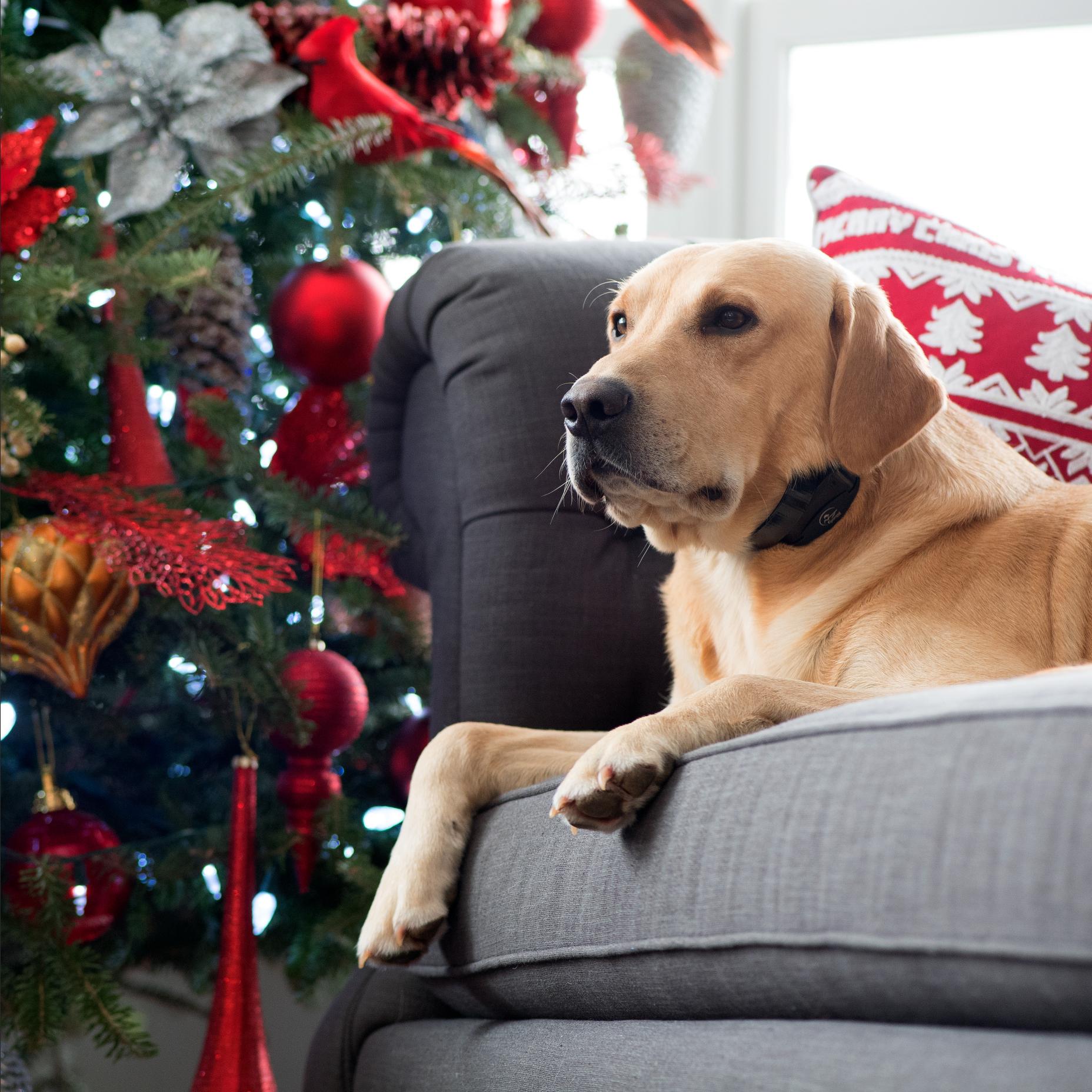
What's Your Sport Dog Saying To You?
Posted by The SportDOG StaffAlthough our hunting dogs can't talk with us, they do give cues that we can interpret. These are simple signs, that any dog owner can learn to read and understand.
Signs Your Dog Is Nervous During Training
A nervous or timid dog will make mistakes. If you notice any of the cues below, stop the drill and take a break. Before you begin drills again, get back on good terms with your dog. This resets your dog from thinking you're angry or frustrated with it.
Signs to look out for:
Tail between its legs: This shows the dog is scared or feeling guilty. The idea of tucking the tail is to appear as small as possible. You'll often see the dog do this when you speak in a stern voice.
Excessive yawning: Yawning late at night or after waking up is normal. If you see yawns in the middle of training, while you're correcting your dog, it's likely nerves. The yawn is a way the dog relieves tension in uncomfortable situations.
Ears pinned back: Instead of the usual hanging down or perked up, the ears are actually laid back against its neck. This is a sign that the dog is nervous.
Signs Your Dog Is Keen To Train Or Hunt
Whether hunting or doing drills, you want dogs to be keen as mustard to get the job done. However, make sure you keep control. Find a balance between your dog's eagerness and the focus you need for them to listen to commands.
Cues to watch:
Head held high: Your dog’s head is typically held high, with ears perked up and eyes wide open. This is also a sign of confidence. When your dog is holding its head high, it’s saying, “I feel good about what I’m doing.”
Tail up: Usually, when a dog's stoked, its tail's up in the air, wagging. When the dog's really excited, it might even start to wag its whole body along with its tail.
Posture: A keen dog stands upright, might be pacing back and forth with focus on the job ahead. Dogs usually bounce about in anticipation for what's about to happen. You might also spot the dog shivering: Probably a reaction to excitement rather than being cold or frightened.
Signs Your Dog Is Tired
Like people, dogs can reach a point of exhaustion. It's important to watch for signs indicating your dog has had enough. Exhausted or not, a dog's nature is to keep going if you give a command. Once your dog has gone past its limit, you run the risk of injury.
Cues to watch:
Pace: When knackered, a dog slows its sprinter’s pace down to a trot or a walk. When you say “sit,” it might lie down. Another clear sign that your dog's had a gutful is refusal to fetch. If your dog usually fetches everything you chuck, then suddenly stops, chances are it’s time to give the dog a breather.
Heavy panting: This typically happens during warmer months when your dog isn’t used to the heat. If you notice its saliva is thick and the dog is panting heavily, it’s reaching the point of heat exhaustion. Give the dog a break and get it some water. Pushing the dog too far in the heat can lead to serious injuries or even death.
Confusion/Mistakes: When we talk about tired dogs, we're usually on about their physical state, but there's another aspect. Dogs can get mentally exhausted too. When you mix the two, it can lead to stuff-ups in the field. If you notice your dog's slowed down and started making a lot of mistakes, best to take a break or call it a day. Put yourself in the dog's shoes. You just ran five kilometres, you come inside and someone straight away asks you to do 15 tasks. It'd be hard yakka to keep the tasks straight if you were out of form and trying to recover. Same goes for dogs.
The cues mentioned above will be difficult to read and understand in the beginning phase of getting to know your dog. With time, you’ll begin to understand what the dog is telling you, just as dogs learn to understand what we are telling them. The key is to have a working line of communication between you and the dog to experience success.

The SportDOG Staff
Related Articles

